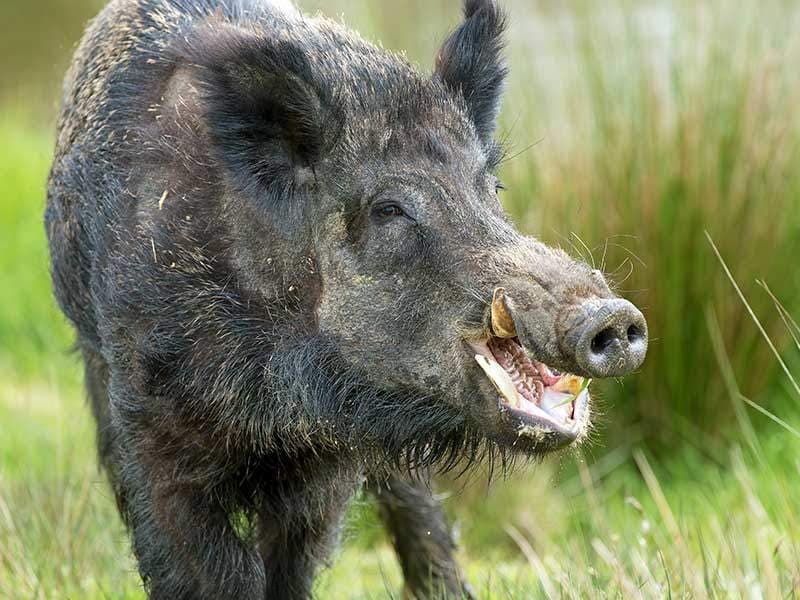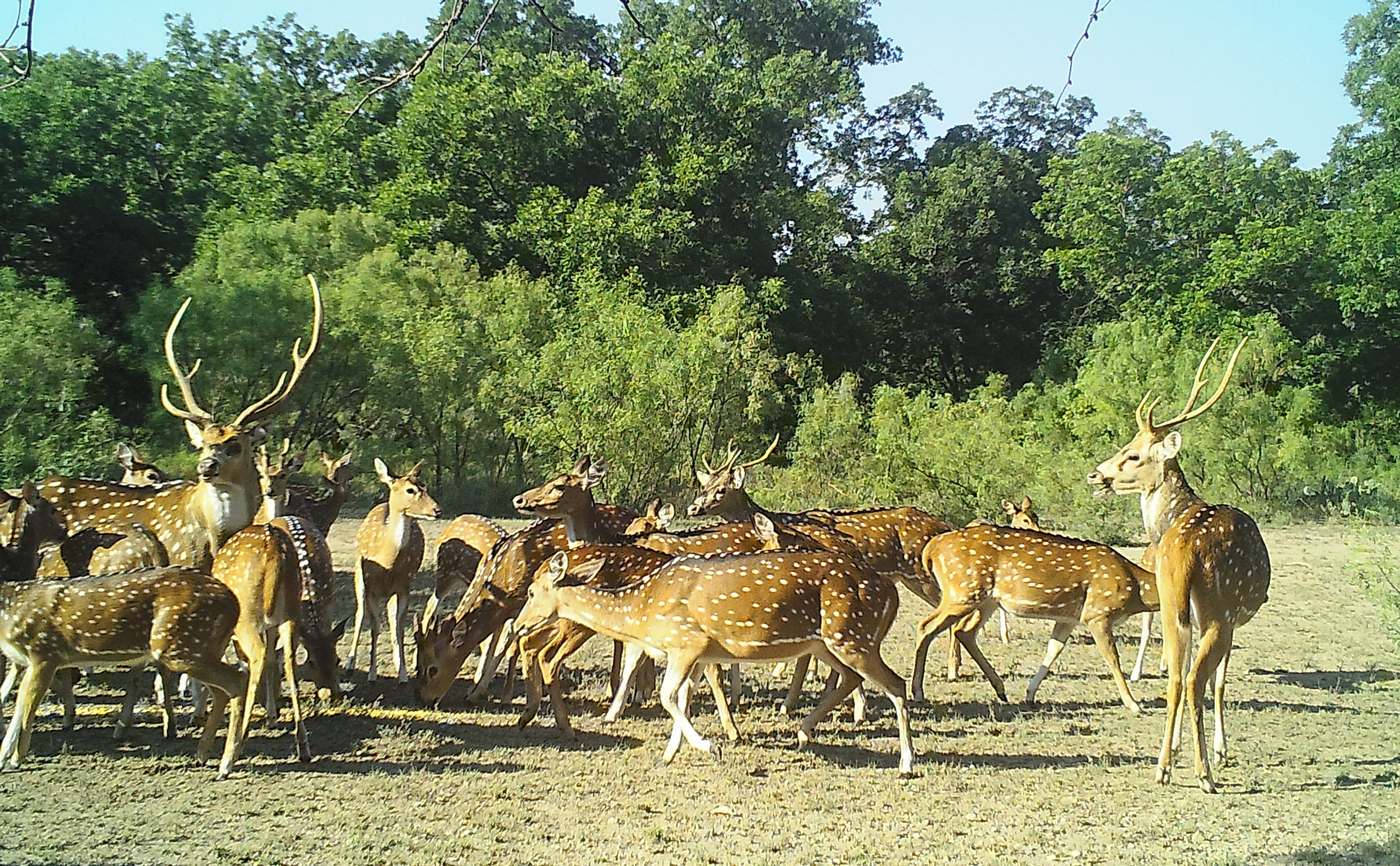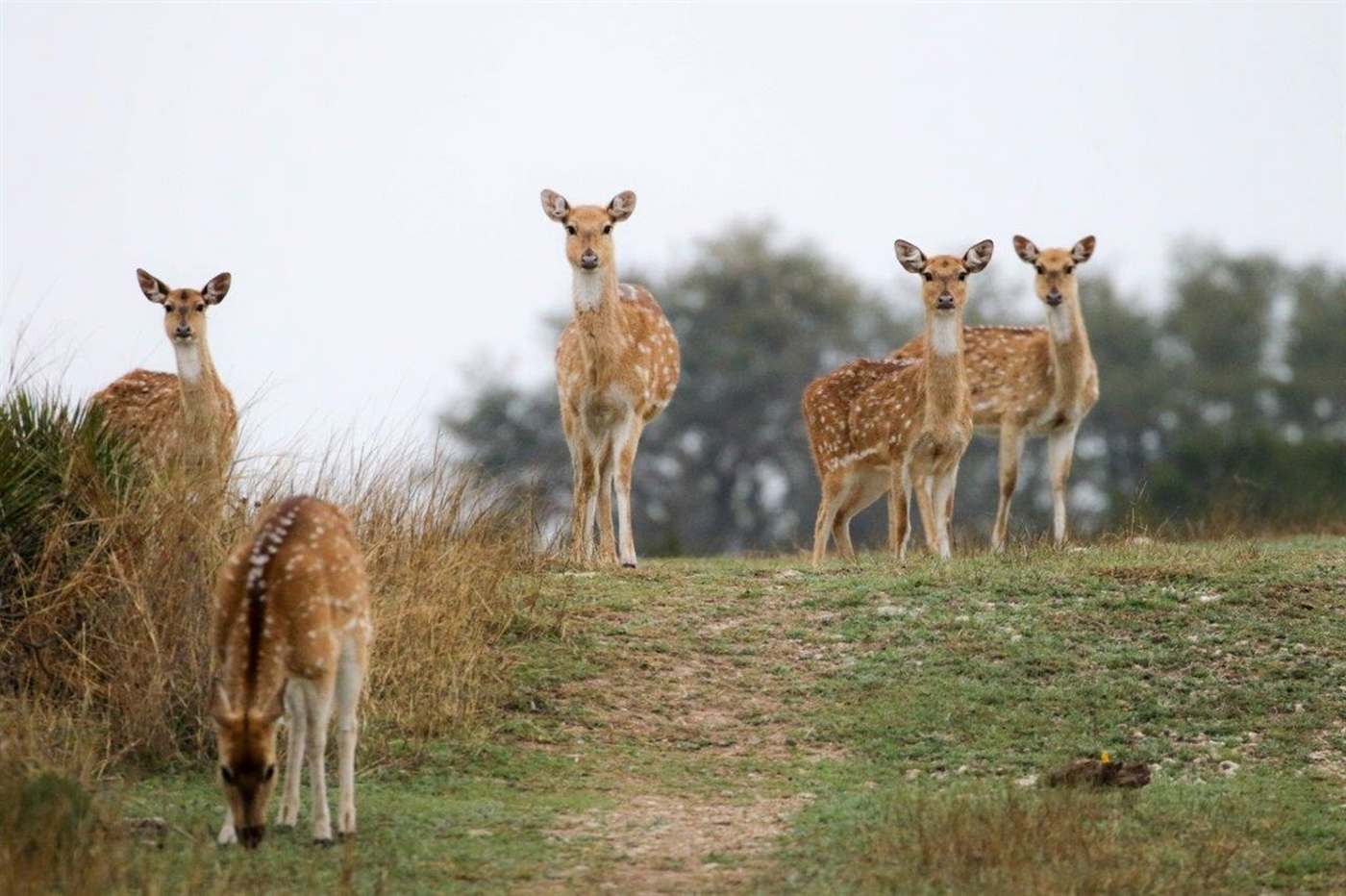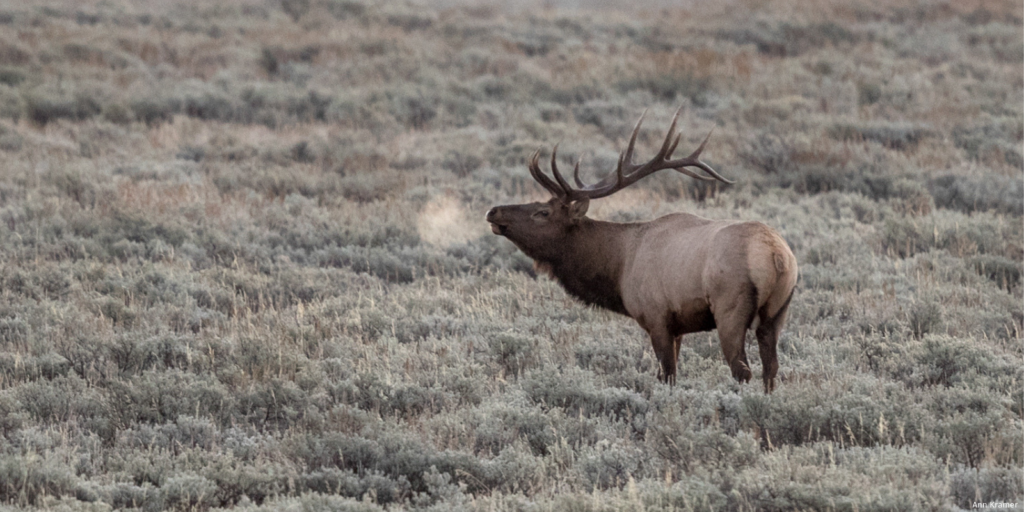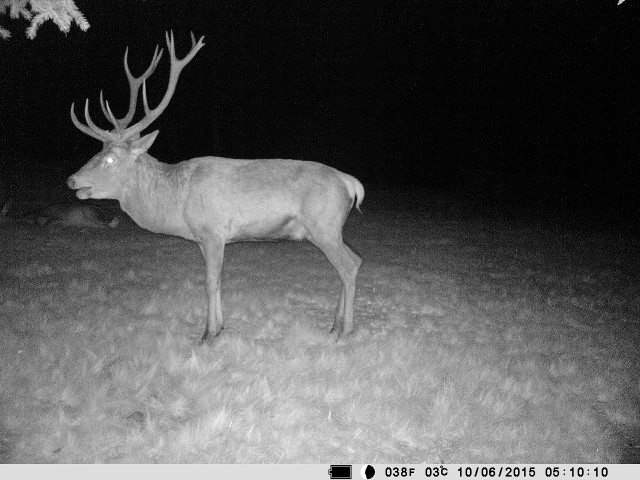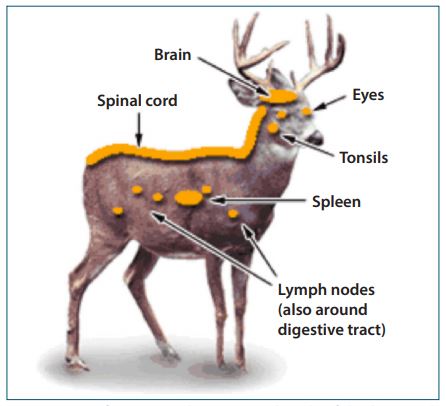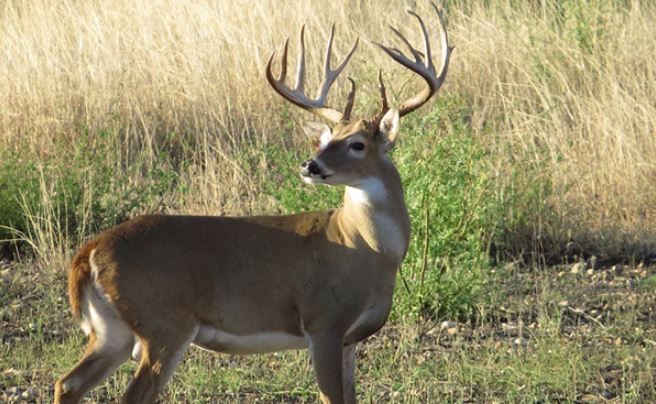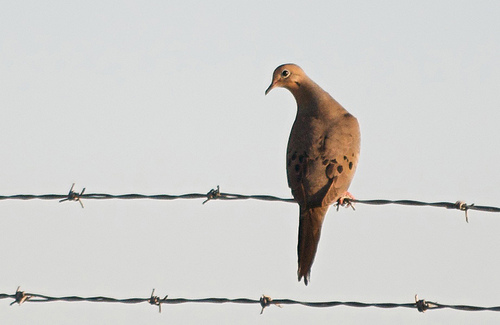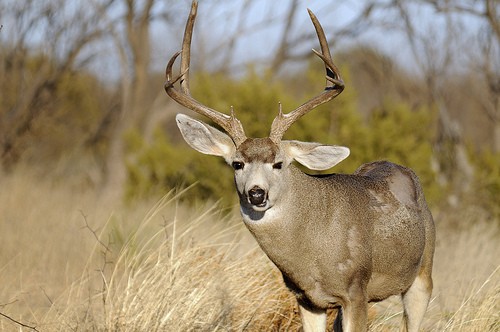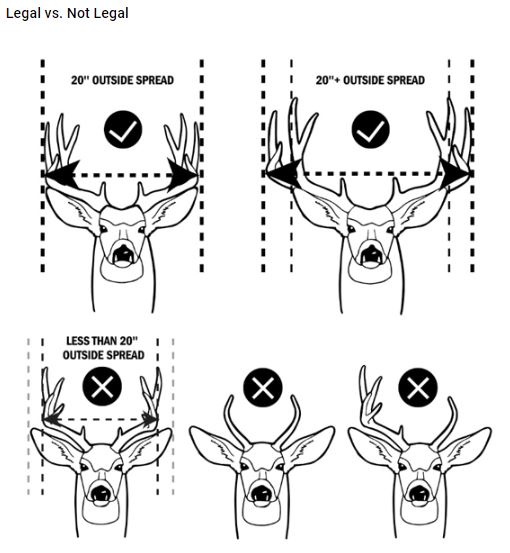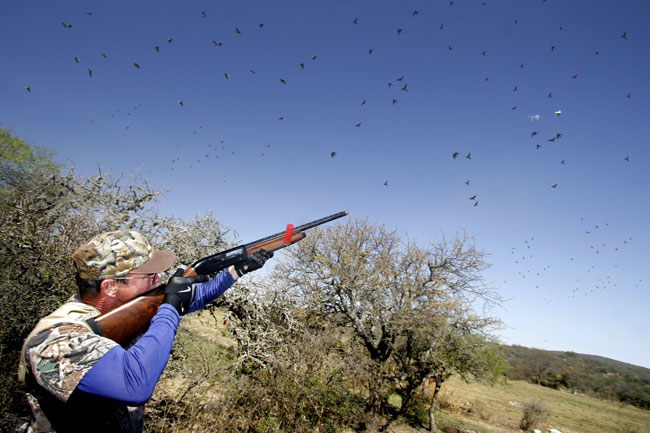Deer Positive for CWD in Hunt County
Another deer tested positive for CWD in Texas. Now hunters get to deal with CWD in Hunt County. Chronic Wasting Disease (CWD) has been discovered in deer breeding facilities in both Hunt County. This marks the first positive detection of the disease in Hunt County.
The tissue sample was submitted by a deer breeding facility as part of required CWD surveillance program. The sample indicated the presence of CWD during testing at the Texas A&M Veterinary Medical Diagnostic Laboratory (TVMDL) in College Station on March 24 for the Hunt County facility. The National Veterinary Services Laboratory in Ames, Iowa, has since confirmed CWD in that tissue sample. The sample reported for Hunt County is undergoing DNA testing to confirm animal identification and origin.
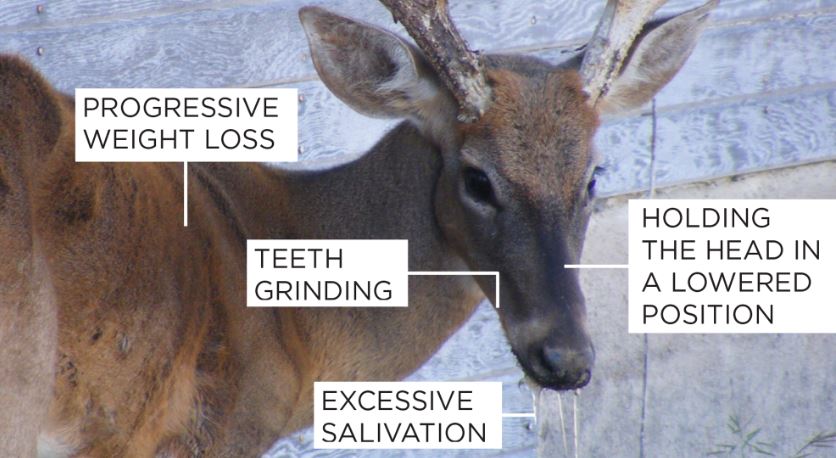
Officials have taken immediate action to secure all deer at Hunt County deer breeding facility and plan to conduct additional investigations for CWD. In addition, other breeding facilities that received deer from these facilities or shipped deer to these facilities during the last five years are under movement restrictions and cannot move or release deer at this time.
Texas Parks and Wildlife Department (TPWD) and Texas Animal Health Commission (TAHC) are working together to determine the extent of the disease within the facilities and evaluate risks to Texas’ free ranging deer populations. Quick detection of CWD can help mitigate the disease’s spread.
CWD in Hunt County & Beyond
“Recent CWD discoveries in new locations across the state are deeply concerning and underscore the criticality of redoubling efforts to help arrest the spread of this disease,” said Carter Smith, Executive Director of TPWD. “While it is important to realize that CWD is still not widespread in Texas, complacency is not an option.
The only way to ensure we are effective in combating the further spread of CWD is with the active help of hunters, wildlife managers, deer breeders, and landowners. Clearly, it is imperative that we work together to protect our native deer populations to ensure the health and vitality of one of our state’s greatest natural resources.”
Although animal health and wildlife officials cannot determine how long or to what extent the disease has been present in these deer breeding facilities, both breeding facilities have active CWD surveillance programs with no positives detected until now.
CWD was first recognized in 1967 in captive mule deer in Colorado. CWD has also been documented in captive and/or free-ranging deer in 26 states and 3 Canadian provinces. CWD is a fatal neurological disease found in certain cervids, including deer, elk, moose and other members of the deer family. CWD is a slow and progressive disease.
Clinical signs may include, progressive weight loss, stumbling or tremors with a lack of coordination, excessive thirst, salivation or urination, loss of appetite, teeth grinding, abnormal head posture, and/or drooping ears.
“The incubation period of CWD can span years creating disease management challenges,” said Dr. Andy Schwartz, TAHC State Veterinarian. “Response staff are diligently working to address each herd affected by these new detections to manage further spread.”
To date there is no evidence that CWD poses a risk to humans or non-cervids. However, as a precaution, the U.S. Centers for Disease Control and the World Health Organization recommend not to consume meat from infected animals
